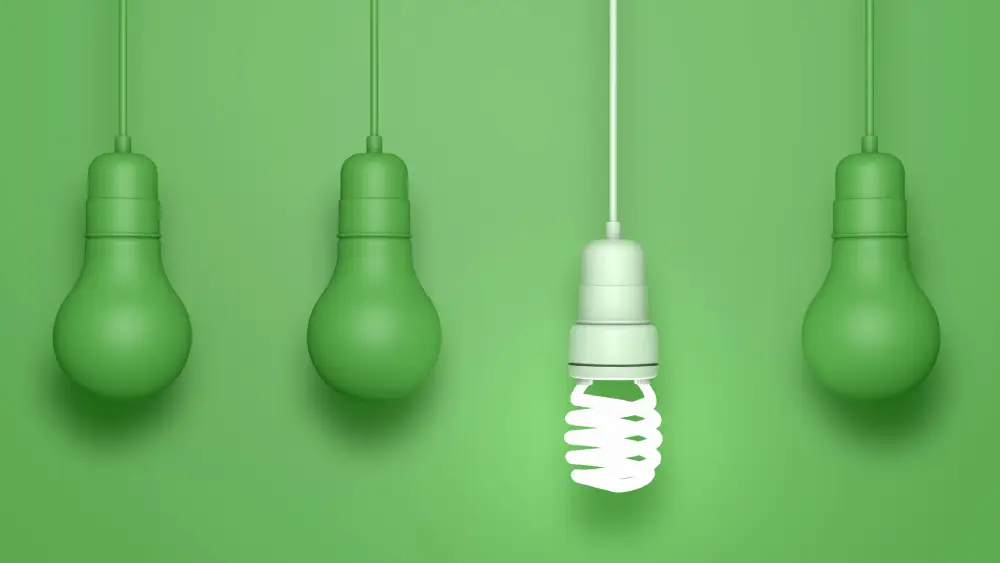As the seasons change, homeowners often find themselves grappling with rising energy bills, especially during extreme temperatures. Your HVAC system plays a crucial role in maintaining a comfortable indoor environment, but it can also contribute significantly to your monthly expenses. Fortunately, there are practical and cost-effective ways to optimize your heating and cooling while saving money in the process. In this blog post, we’ll explore some proven strategies to help homeowners achieve a balance between comfort and energy efficiency.
HVAC Efficiency Tips for Homeowners
Invest in a Programmable Thermostat:
One of the simplest and most effective ways to save on heating and cooling costs is by installing a programmable thermostat. This technology allows you to set specific temperature levels for different times of the day, ensuring that your HVAC system operates efficiently when needed and rests when it’s not. For instance, lower the temperature when you’re away at work or asleep, and program it to warm up or cool down before you return or wake up.
Regular HVAC Maintenance:
Routine maintenance is key to the longevity and efficiency of your HVAC system. Change air filters regularly, typically every 1-3 months, to ensure optimal airflow. Dirty filters can force your system to work harder, consuming more energy. Additionally, schedule professional HVAC inspections and tune-ups annually to address any potential issues before they become major problems.
Seal Air Leaks:
A significant amount of energy can be lost through gaps and cracks in your home’s structure. Seal air leaks around windows, doors, and other openings to prevent warm or cool air from escaping. This not only reduces the workload on your HVAC system but also enhances overall energy efficiency.
Upgrade to Energy-Efficient Equipment:
Consider investing in energy-efficient HVAC equipment, such as furnaces, air conditioners, and heat pumps with high Seasonal Energy Efficiency Ratio (SEER) and Annual Fuel Utilization Efficiency (AFUE) ratings. While the upfront cost may be higher, the long-term savings in energy bills make these upgrades financially beneficial.
Optimize Ventilation:
Ensure proper ventilation in your home by regularly cleaning and maintaining air ducts. Clean ducts contribute to improved airflow and efficiency. Additionally, consider using exhaust fans strategically in kitchens and bathrooms to remove excess heat and humidity.
Utilize Natural Heating and Cooling:
Take advantage of natural resources to help regulate indoor temperatures. During colder months, open curtains during the day to let sunlight in and warm your home naturally. Conversely, close curtains on hot days to block out the sun’s heat.
Smart Home Technology:
Explore the possibilities of smart home technology to enhance energy efficiency. Smart thermostats, for example, can learn your preferences and adjust settings automatically, optimizing comfort and savings.
Use Ceiling Fans Wisely:
In the summer, set your ceiling fans to rotate counterclockwise to create a breeze, making you feel cooler. In the winter, reverse the direction to clockwise at a low speed to circulate warm air trapped near the ceiling.
Plant Shade Trees:
Strategically plant deciduous trees on the west and east sides of your home. As they grow, they provide natural shade during the hottest parts of the day, reducing the need for air conditioning.
Upgrade to a Zoned HVAC System:
Install a zoned heating and cooling system that allows you to control the temperature in different areas of your home independently. This way, you can heat or cool only the rooms that are in use, optimizing energy usage.
Upgrade to Energy-Efficient Lighting:
Replace incandescent bulbs with energy-efficient LED or CFL bulbs. Incandescent bulbs release more heat, causing your cooling system to work harder. LED and CFL bulbs generate less heat, contributing to overall energy savings.
Use a Humidifier in Winter:
During the winter months, use a humidifier to add moisture to the air. Moist air feels warmer, allowing you to lower the thermostat without sacrificing comfort.
Close Vents in Unused Rooms:
Close vents and doors in rooms that are seldom used. This directs the airflow to the areas of your home where it’s needed most, increasing efficiency.

